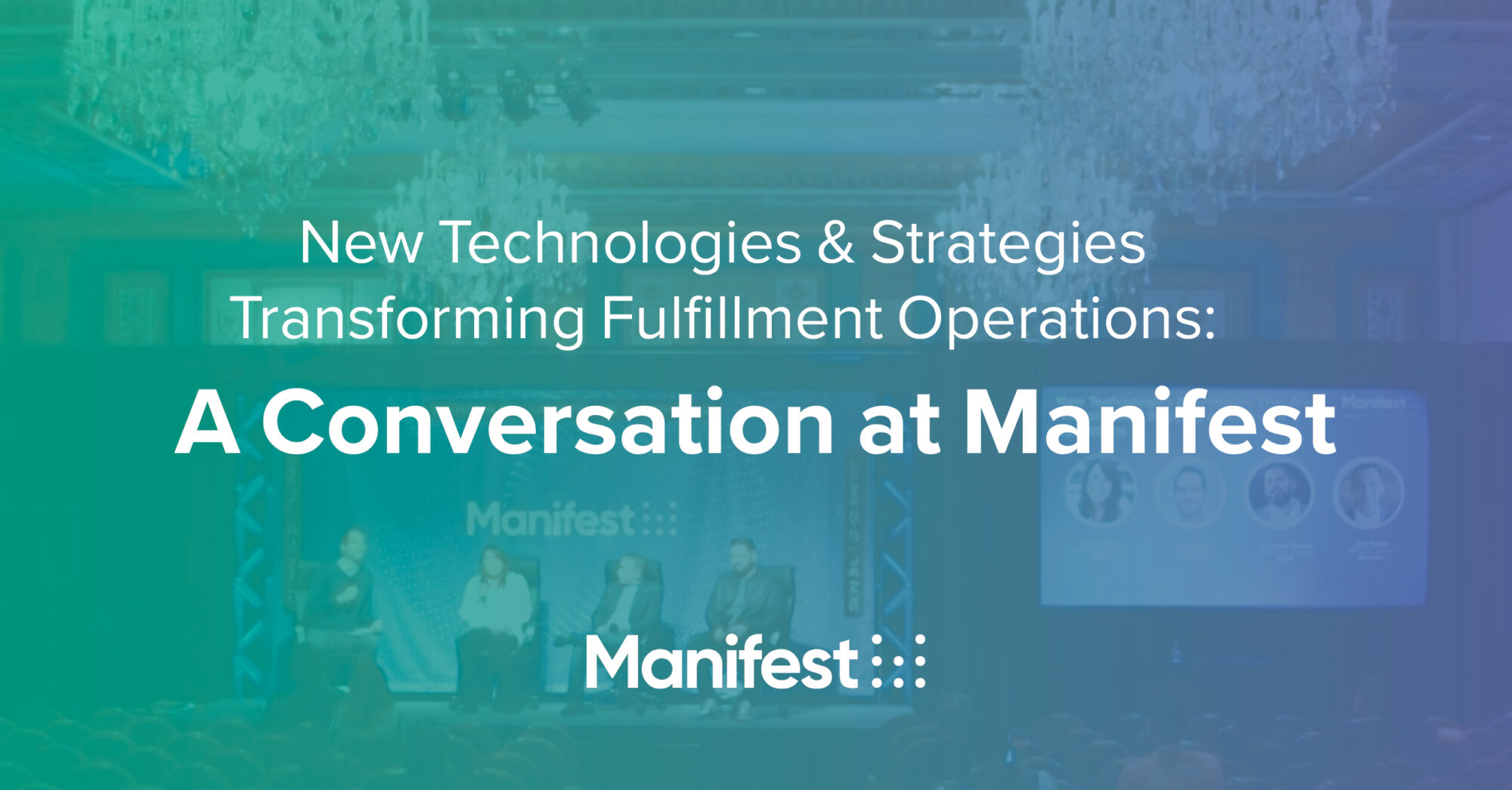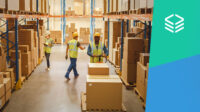
If you are one of the 260 million people who made an ecommerce purchase in the last year, you’re likely well aware that supply chains have been thrown into chaos. Both end consumers and brands have had to combat unpredictability, lack of visibility, longer lead times, and spiking surcharges, among many other challenges in fulfillment and delivery.
Flowspace co-founder and CEO Ben Eachus recently led a conversation on this topic at the Manifest conference in Las Vegas. Joined by panelists including Gina Anderson, VP of Solutions and Growth at Geodis, Christopher George, chairman and co-founder of the Subscription Trade Association (SUBTA), and John Roman, CEO of BattlBox, the group discussed ways in which the pandemic accelerated ecommerce trends over the past 18 months, how their strategies have shifted along the way, and the new technologies they’re implementing to support the evolution of ecommerce and changing consumer demands.
“How can we enhance the customer experience, and what are the new technologies that are out there that can help brands build on that?” – Christopher George, chairman, SUBTA
Key takeaways from the conversation include:
Supply chain challenges offer an opportunity to enhance the customer experience.
Customers have raised their expectations when it comes to ecommerce. Brands have to either offer the fast (two days or less) affordable shipping consumers have come to expect from Prime, or they need to provide an experience they’re not going to get at a retail level. Both George and Roman view this as an opportunity to offer curated experiences in the form of subscription boxes that shoppers won’t find in any retail store.
Transparency and visibility are critical to successful operations, and should be passed on to customers.
Supply chain struggles are causing industry-wide impacts, and the simple act of communication can alleviate customer concerns. By utilizing technologies that provide visibility into inventory levels, shipment status, and more, brands are better able to understand the state of their overall ecommerce operations, or the status of any given order, and pass that information on to end consumers.
Per Roman, customers understand that brands are experiencing industry-wide slowdowns, and it’s okay to reset their expectations, provided the brand is able to offer the most accurate, up-to-date information about when an order will arrive.
Flexible tech stacks can enable faster fulfillment and provide the data and insight needed for accurate inventory forecasting.
The flexible technologies and tech-enabled services available to brands today were conceived with ecommerce fulfillment at the forefront. Unlike most legacy systems, tech today is designed to be layered to create the most optimal tech stack that optimizes speed to market for any given brand.
Utilizing connected, distributed fulfillment networks that decrease shipping distance, said Anderson, brands are better able to satisfy ecommerce delivery expectations.
Inventory planning affects the entire fulfillment process, said George, as a brand’s forecast must account for delays in procurement, delivery, and everything in between. Tech that takes this into consideration, combined with demand data and consumer insight, is critical for brands that seek balance in their business.
Join the conversation
The session at Manifest covered all this and more. CLICK HERE to watch the panel discussion in full, then continue the conversation with Flowspace.
Get in touch with us today to find out how to enable ecommerce technologies and strategies for your brand.
![]()





